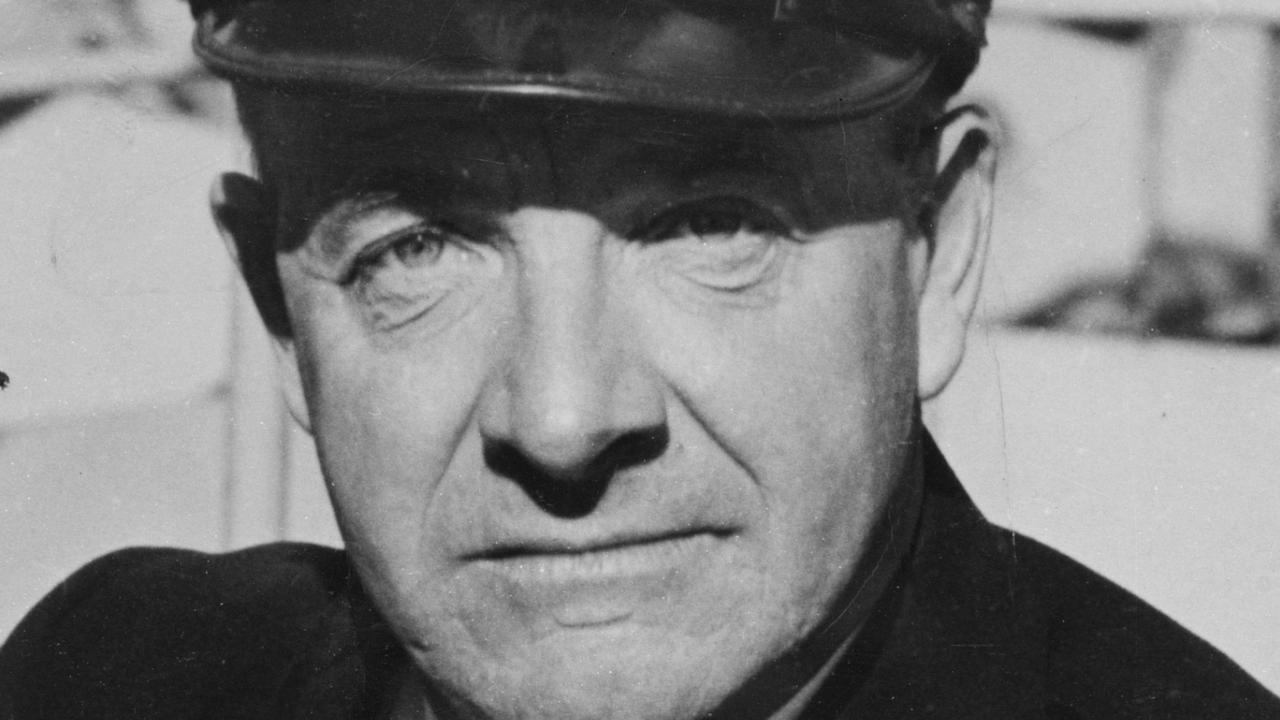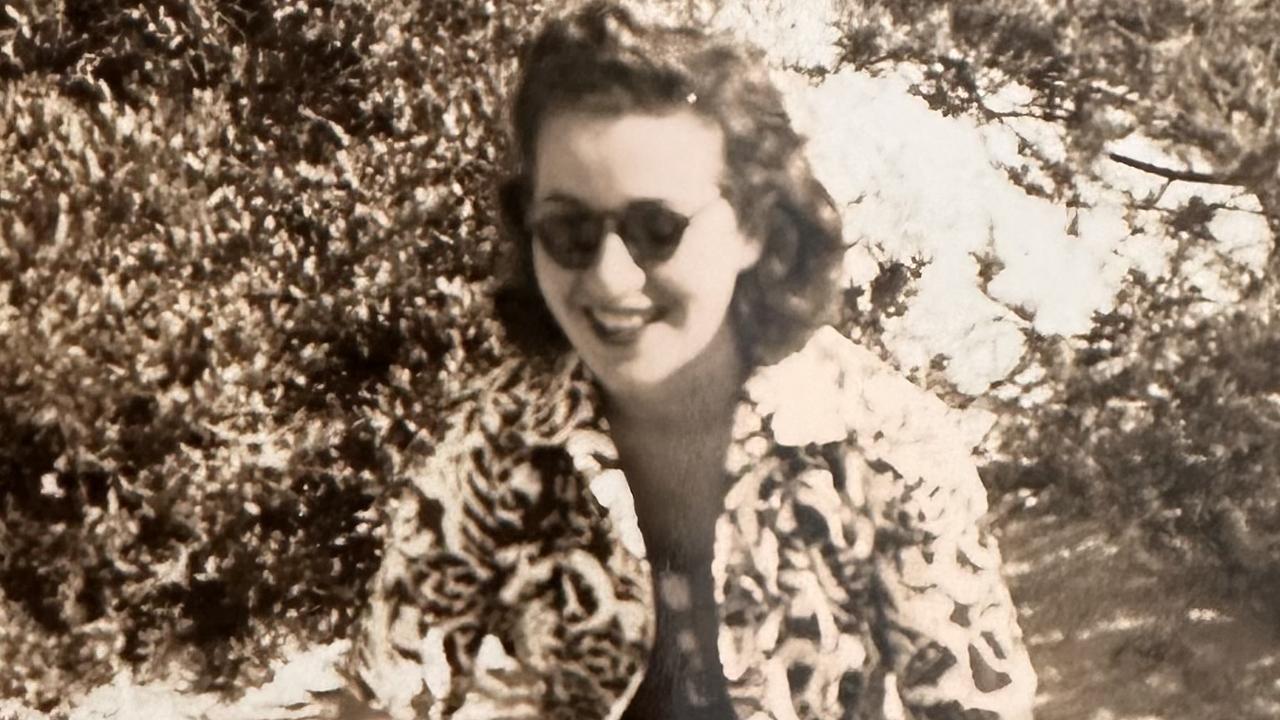Rare footage of the moment a 5952 tonne ship blew up ‘like an atomic bomb’
Extraordinary footage captured on a smuggled camera tells a new story of the bombing of Darwin 81 years later.
Today in History
Don't miss out on the headlines from Today in History. Followed categories will be added to My News.
As the nation paused on Sunday to commemorate the 81st anniversary of the bombing of Darwin, one man has been remembered for his efforts to document the historical events of February 19, 1942.
Born in Drummoyne, Sydney in 1917, Victor Ernest Montague Tuckerman, who went by Monty, joined the Royal Australian Navy in 1936.

Monty worked as a Stores Vittler in HMAS Australia, Albatross and Warrnambool, meaning it was his responsibility to order and store food for the ship.
This particular Stores Vittler had a proclivity for visual storytelling and took a moving film camera and rolls of colour film along for his service in the Middle East, Darwin and the Dutch East Indies to capture life in the navy.
Monty normally captured the activities of his ship mates – loading fruit aboard, fishing, admiring the sunset and evacuating civilians from islands believed to be in danger.
During his second posting to HMAS Warrnambool in 1942, Monty witnessed the shocking February 19 air raid over Darwin’s harbour and was sure he was done for.

Thinking he might not live to tell the tale, Monty managed to film much of the destruction, including the sinking of the USS Peary, which he described in an interview with fellow retired navy Officer James McDonald as “the worst sight he’d ever seen”.

“It was a terrible day, really,” Monty said of the attack.
“The Peary lost nearly everybody on it … if you saw what happened then it’s no wonder there weren’t many survivors.”
He also recounted witnessing the Neptunia, a 5952 tonne cargo vessel, blow up “like an atomic bomb, with bits landing in the water minutes later”.

Not only did Monty manage to survive and document the horrifying events, he and his crew aboard the Warrnambool helped rescue other crews from burning ships in the harbour.
“I grabbed my camera and that’s what I did, I went and started filming, you know,” he said.
“There was nothing else I could do.”
It would later be discovered 252 allied service personnel and locals lost their lives that day.

Monty’s daughter Sue donated his movies to the Memorial in 2012.
Speaking at the official commemorative service in Darwin, Veterans’ Affairs and Defence Personnel Minister Matt Keogh said the bombing was the first time “the Australian mainland was under attack”.
“The war had come to Australia, and for those here in Darwin at that time, they experienced first-hand the fear, devastation and loss that war brings,” Mr Keogh said.
“While 81 years may have passed, we will never forget the sacrifices of our servicemen, women and civilians who defended our country in the Second World War.
“On Bombing of Darwin Day I encourage all Australians to remember and honour those who died during these raids on northern Australia and the bravery shown in the defence of our country during the Second World War.”


